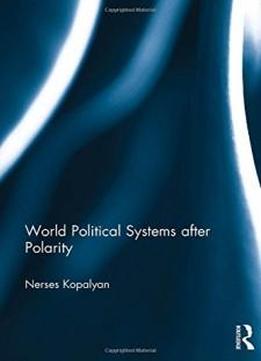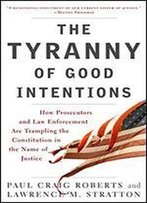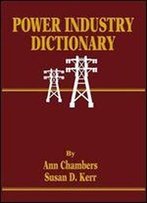
World Political Systems After Polarity
by Nerses Kopalyan /
2017 / English / PDF
2.9 MB Download
What will the current global political order look like when
American unipolarity ends? Historically, the power configurations
of world political systems have been defined by four structures:
multipolarity, tripolarity, bipolarity, and unipolarity. These
concepts inform both the formulation and the analysis of
short-term policies and long-term, grand strategies of powerful
actors in the world political order and may be of profound
importance to the future peace and stability of the global
system.
What will the current global political order look like when
American unipolarity ends? Historically, the power configurations
of world political systems have been defined by four structures:
multipolarity, tripolarity, bipolarity, and unipolarity. These
concepts inform both the formulation and the analysis of
short-term policies and long-term, grand strategies of powerful
actors in the world political order and may be of profound
importance to the future peace and stability of the global
system.
The concept of nonpolarity, however, has never been addressed as
a possible or a potential structural formulation in the
nomenclature of global political systems. This book provides a
coherent conceptualization of nonpolarity and how diplomacy will
operate in a more collective age, and fits into the ongoing
discussion about the nature of the political world order as we
approach the end of the "American century."
The concept of nonpolarity, however, has never been addressed as
a possible or a potential structural formulation in the
nomenclature of global political systems. This book provides a
coherent conceptualization of nonpolarity and how diplomacy will
operate in a more collective age, and fits into the ongoing
discussion about the nature of the political world order as we
approach the end of the "American century."











